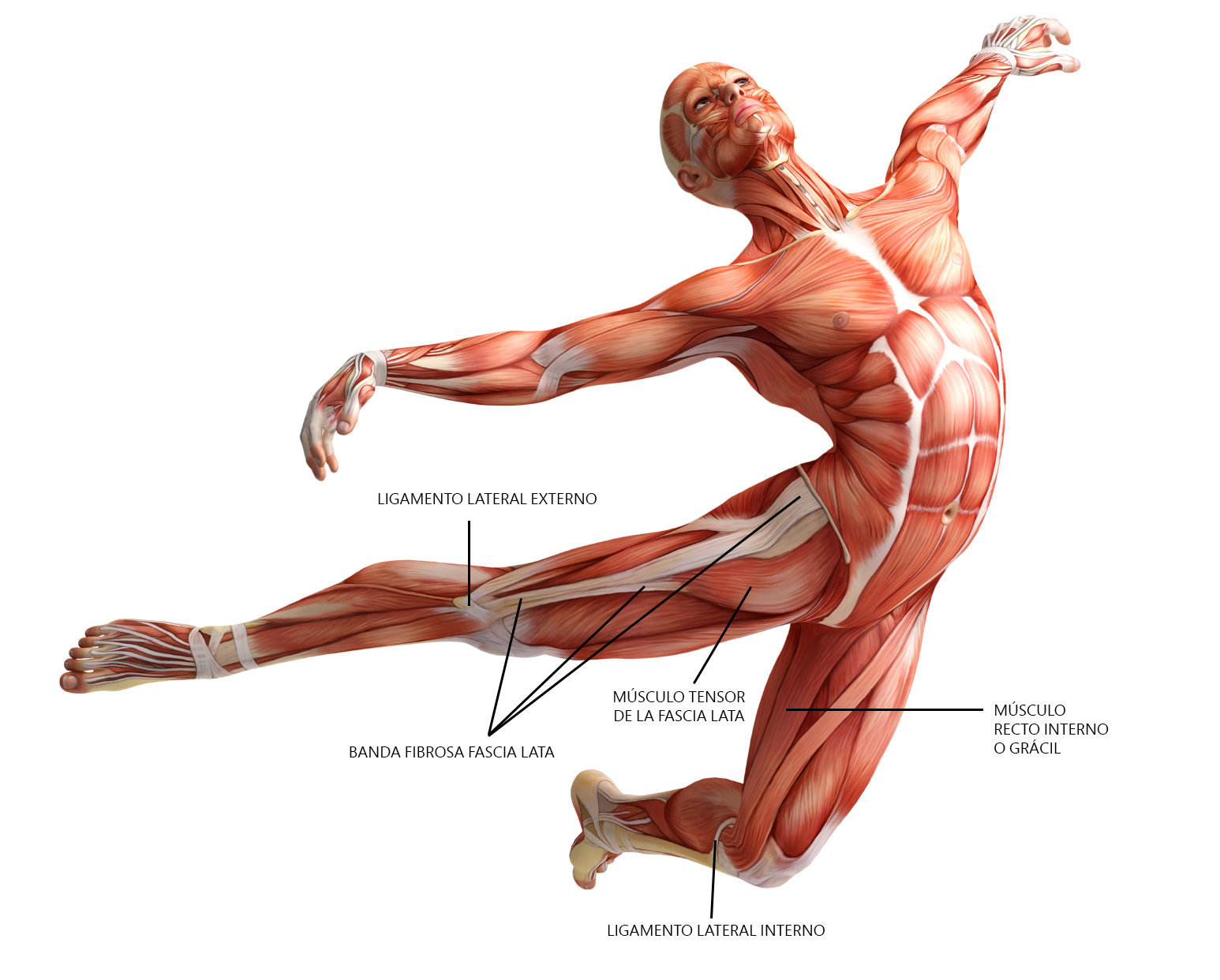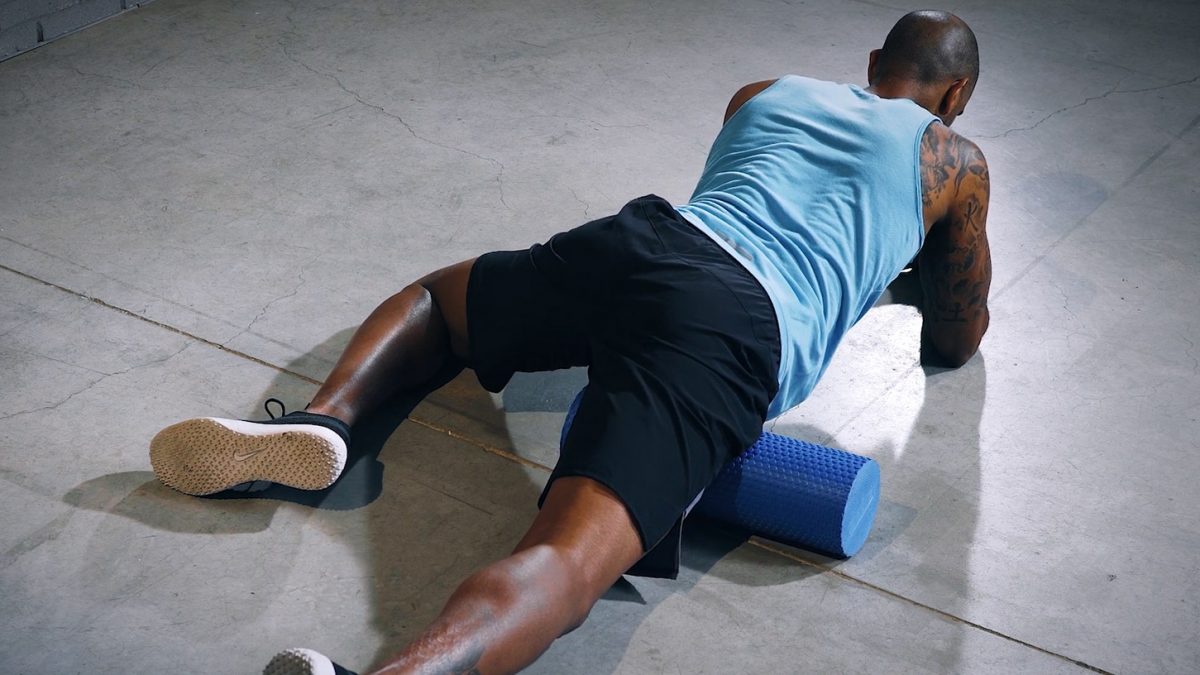
How Do You Keep Fascia Healthy?
The fascia is a connective tissue which wraps every internal part of our body and separates each one of them so that they can slide over one another as you move. When it is healthy, the fascia is wet, slippery, and strong. It forms a protective sheath around the muscles and prevents overstretching. In other words, it serves as an “anatomical break”. Its main role is that of connecting your bones, muscles, to the ribs, and various organs.
When your fascia is healthy, it is in other words malleable and will slide smoothly, twist and bend, and is not painful.

How will you know about unhealthy fascia?
As compared to the above state, when fascia is not in good health, it becomes tight, flaky, and sticky leading to fascia tightening. You will feel these unhealthy fascia areas as knots under your skin.

What are the causes of a not-so-healthy fascia?
Find out what causes a distorted fascia. These are-
- Improper posture
- Leading a sedentary lifestyle can lead to fascia tightening
- Dehydration
- Injury to muscles

- Overusing your muscles
- Poor quality of sleep
- Stress
- Eating habits that are not healthy
- Cellulite can also be a signal that your fascia is not healthy. However, this aspect is still being studied.

Working upon your fascia to keep it healthy
You can follow these steps to keep your fascia healthy.
- Stretch every day for at least 10 to 15 minutes. Stretching causes your muscles to release tension in them. However, you must not force yourself if you are not able to perform stretches for a long time.
- Foam rolling helps. This form of exercise helps you to identify the accurate area where your fascia has become tight. When you perform the foam rolling, the moment you strike a tight spot, try to work upon that spot. Make sure it gets dissipated and it will if you continue foam rolling for 30 to 60 seconds.
- Turning to cold therapy is helpful as well. Also known as cryotherapy, it is best to go for it after you have worked out. Apply an ice pack but wrap in a layer of thin fabric. It not only helps in reducing the inflammation, but your pain will subside considerably.
Do not use items that are frozen directly to the skin if you are doing it at home all by yourself. And when you apply the ice, take a break in between so that you do not have the ice pack for prolonged times on your skin.

- Try Yoga which has helped immensely in warding off different types of diseases.
However, before you embark upon any such exercise, it is best to consult a medical practitioner to find out which exercise will suit you best. It is often seen that there are many individuals for whom certain kinds of exercises are not suitable and might cause adverse reactions to the muscles and other structures of the body.
To conclude, for you to lead a healthy life, it is important that you maintain your fascia in good health. There are many ways by which one can do so. However, it is best not to go with them all at once and rather start doing one thing at a time and then move on to the next step. An exception will be if you are a fitness enthusiast, in which case you could go for all of them at the same time.
Above all else, it is important that you remember to keep yourself hydrated throughout the day by drinking around 8 glasses of water. This way you can keep all your body parts healthy and prevent formation of diseases.







